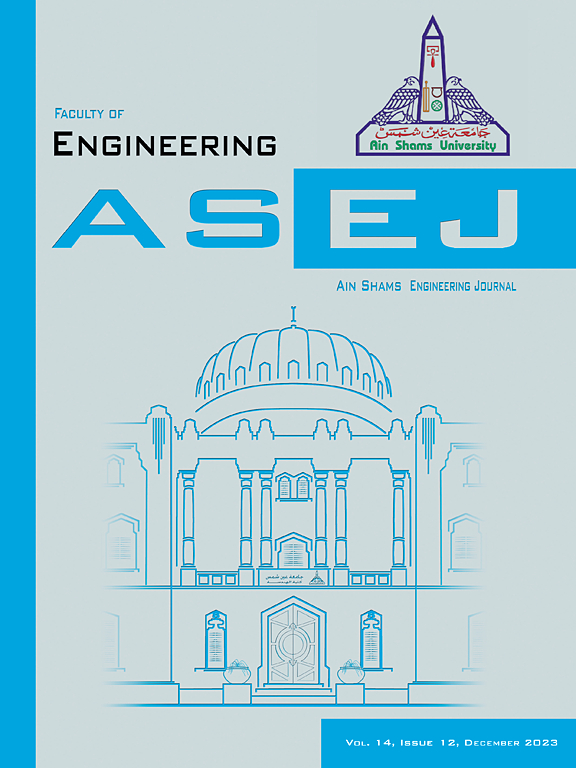Development of Fe-reinforced PLA-based composite filament for 3D printing: Process parameters, mechanical and microstructural characterization
IF 6
2区 工程技术
Q1 ENGINEERING, MULTIDISCIPLINARY
引用次数: 0
Abstract
The most used raw materials in 3D printers, commonly known as Fused Deposition Modeling (FDM), are filaments. These filaments are obtained by going through heating, injection, cooling, winding and coiling stages in the filament extruder machine. FDM technology, which is used especially for prototype production purposes, is expected to be used more widely due to its increased mass production capacity, recyclability, environmental friendliness and waste reduction. In this study, before the production of composite filament, preliminary tests were carried out with polylactic acid (PLA), acrylonitrile butadiene styrene (ABS) and polyethylene terephthalate glycol (PET-G) polymer granules in a laboratory type filament extruder machine, and the process parameters were determined for each polymer filament. Since the optimum process parameters (temperature, injection rate, extrusion rate, and winding rate) were obtained in PLA, composite filament was produced by reinforcing 5% iron (Fe) powder into the PLA matrix in the same extruder machine. The produced filaments were subjected to tensile, hardness, FTIR, surface roughness and SEM-EDS analyses. Analysis has shown that Fe-reinforced PLA-based composite filament increases the hardness of pure PLA filament by 21.15%, tensile strength by 49.60% and increases the surface roughness by 4 times. As a result, it was determined that 5%Fe powder added to PLA improved the mechanical properties but negatively affected the surface roughness.
求助全文
约1分钟内获得全文
求助全文
来源期刊

Ain Shams Engineering Journal
Engineering-General Engineering
CiteScore
10.80
自引率
13.30%
发文量
441
审稿时长
49 weeks
期刊介绍:
in Shams Engineering Journal is an international journal devoted to publication of peer reviewed original high-quality research papers and review papers in both traditional topics and those of emerging science and technology. Areas of both theoretical and fundamental interest as well as those concerning industrial applications, emerging instrumental techniques and those which have some practical application to an aspect of human endeavor, such as the preservation of the environment, health, waste disposal are welcome. The overall focus is on original and rigorous scientific research results which have generic significance.
Ain Shams Engineering Journal focuses upon aspects of mechanical engineering, electrical engineering, civil engineering, chemical engineering, petroleum engineering, environmental engineering, architectural and urban planning engineering. Papers in which knowledge from other disciplines is integrated with engineering are especially welcome like nanotechnology, material sciences, and computational methods as well as applied basic sciences: engineering mathematics, physics and chemistry.
 求助内容:
求助内容: 应助结果提醒方式:
应助结果提醒方式:


